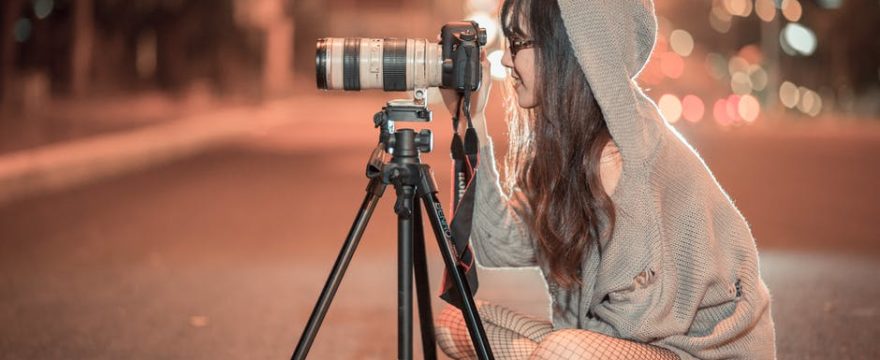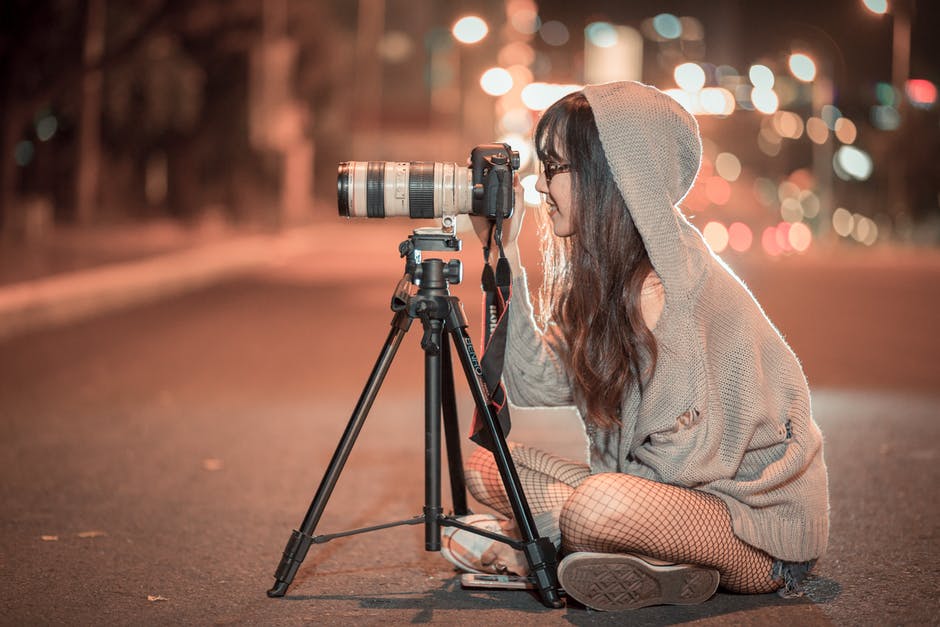If you’re an absolute beginner, cutting your teeth with night photography is a very brave mood indeed. However, it can be done, and those that you that do master it quickly are likely to gain a great degree of satisfaction along your journey.
Sure, there are some principle differences with taking photos during the day and when night comes down. However, if you are able to grasp camera-work relatively easy, the tips that we are about to mull over won’t come as very difficult at all.
As such, if you are looking for the best photo printing quality for your night time efforts, it’s time to read on and cast your eye over the following suggestions.
Always opt for manual focus
The modern cameras have seemingly helped out beginners with all of their features, but when it comes to shots being taken at night we would have to disagree. In short, there’s nothing better than going solo and adjusting all of the settings yourself.
Sure, technology is improving no-end, but cameras still aren’t quite able to get the perfect settings when a lack of light is an issue.
This is a setting which is naturally going to differ between cameras. In general, you’ll need to locate the AF/MF switch and make sure that the MF is selected. Once you have this in place, attempt to use your camera’s LCD screen to make sure that the subject is firmly in focus.
The built-in timer should be your best friend
For some people, the built-in time is the best feature since sliced bread – just as it can make the selfie seem “that” much better. Well, let’s give is another use – it’s great for night time shots as well.
Every time you take a photo, your camera is going to vibrate. For some of you, these vibrations might be slight, but for others they might be really significant. Regardless, it’s going to make a difference to the quality of your photos.
Fortunately, it’s possible to use delays between two and ten seconds on most cameras. This is more than sufficient and will allow you to get into position, before watching the camera take the photo without any vibration side effects.
Another friend is your tripod
If we were to tap into something else that doesn’t always get the recognition it deserves, let’s turn to using a tripod. This is something that the experts widely regard as a must-have, for the simple reason that it discounts all of the noise that night time shooting often brings.
In terms of the type of tripod you should be going for, the normal rules apply here. You don’t have to spend a small fortune purchasing one, but at the same time it needs to be sturdy enough to hold its own so you’re not chasing it around in the wind. If you can satisfy both of these requirements, you’re in prime position to find a decent tripod and ultimately shoot better night time photographs.

